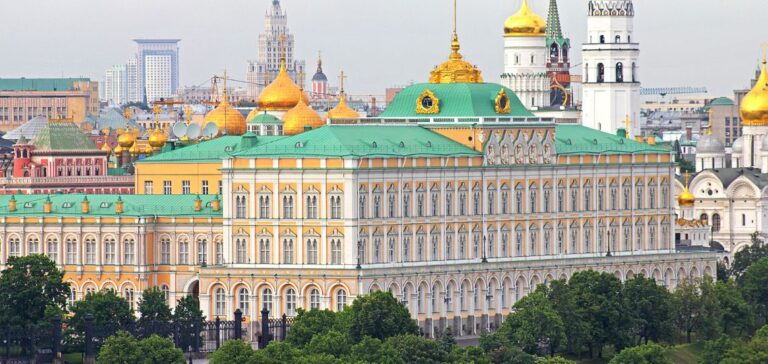Russia has adopted new oil tax legislation, aimed at mitigating the impact of low Russian oil prices on the state budget. Since the invasion of Ukraine in February 2022, sanctions and traditional European buyers have moved away from Russian oil, leading to significant discounts on the Russian benchmark crude, Urals, compared with Brent.
New tax rules
The new rules set limits on the Urals discount used as a basis for taxation. If Urals is traded at a discount higher than $34/b in April, the tax will nevertheless be calculated on a discount of $34/b. This limit will be set at $31/b in May, $28/b in June and $25/b from July until the end of the year. The Department of Finance expects the changes to generate around $8 billion in additional revenue.
The new legislation comes at a time when the Russian oil industry is becoming increasingly disconnected from the world’s oil trading zones. It covers the mineral extraction tax and the excess profits tax imposed on oil production.
The new regulations require presidential approval before coming into force. Local media have reported that the change could also apply to the export tax on Russian oil, which is currently based on Urals. However, market sources estimate that the export tax will continue to be calculated on the Urals price.
Impact on oil producers
According to analysts, the main risk of the tax change is that oil production will fall even further. Producers are struggling under the dual impact of higher taxes and deteriorating market fundamentals. This could exacerbate the pressure of sanctions, which are set to increase in 2023.
Russia’s Deputy Prime Minister, Alexander Novak, has announced that Russia will cut its oil production by 500,000 barrels a day in March. Analysts are forecasting a similar drop in production. Russian production stood at 9.85 million barrels per day in January.
Tax allowance for the Yamal region
The new law also provides for a deduction from the mineral extraction tax for hydrocarbons produced in the Yamal region, which will help finance the infrastructure needed to transport liquid hydrocarbons produced in the region. However, the new legislation also provides for a reduction in compensation paid to refineries when export prices exceed domestic prices, as well as an increase in taxes on petroleum products. Analysts fear that these measures will further reduce Russia’s already declining oil production and exacerbate the pressure of sanctions, which are set to increase in 2023.






















